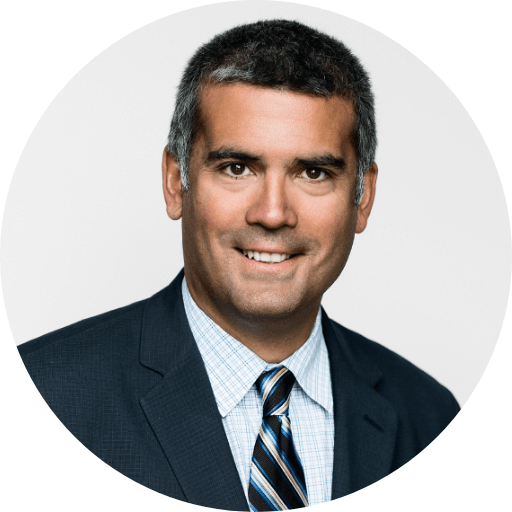Aluminum packaging has a number of positive attributes. One interesting fact is that aluminum containers can be recycled indefinitely.
An even more interesting fact is ‘that manufacturing aluminum cans is so challenging, and requires such a vast amount of study, design, and precise machining, that many consider cans the most engineered products in the world,” according to an article in Wired magazine. The same article reports that over 180 billion aluminum beverage cans are manufacturing each year.
Despite being such a feat of modern engineering, processors encounter issues on filling and packaging lines that can be improved.
Author Jonathan Waldman states, “Yet even with that much practice, making perfect 12-ounce cans remains a battle. Throughout the process, the aluminum behaves begrudgingly. It tries to jam the machines.”
Running a filling line is no different. No matter how much product is running through, there are still losses that develop from slowdowns, stops and damages. Those same marvels of engineering crush and dent easily on the sidewalls of the container.
Understanding the characteristics of aluminum containers
Lightweight and cost-effective, aluminum cans and bottles are an increasingly popular choice for producers but like any material, it is prone to damage. In the case of aluminum, it is more susceptible to denting, aesthetic, and crush damage.
The characteristics of aluminum containers provide protection against light, moisture, oxygen and various other contaminants. And as those in the business are aware, over fifteen thousand different coatings are used for can and product protection, depending on the liquid or food being processed.
With ease of handling and relative cost-effectiveness, deployment of aluminum cans and bottles has increased across industry sectors including soft drinks, energy drinks and juice.
For processors though, innovations in aluminum such as light-weighting and the increased availability of various shapes and sizes of containers has affected the complexity of processing and handling.
Types of damage most common in aluminum cans during processing:
• Denting & Pin-hole Damage
• Label Degradation (including UPC)
• Crush Damage
• Aesthetic Damage
• Improper Seal
Speaking to this type of damage, one of our clients at Masitek was experiencing such high levels of friction that UPC codes were quite literally being scuffed off and rendered unusable. Another operation, a leading beer producer, was experiencing pin holes and leakage in their canning operation.
Most packaging engineers that I speak with personally are well aware of the damage. It’s pinpointing and understanding the cause of damage that’s more challenging.
Root causes of damage to aluminum containers (and how to fix them)
I’ve written more on the types of damaging force on packaging and filling lines. Understanding these mechanical forces and how they affect your equipment performance, wear and tear and ultimately container damage is the first step to remediation.
Until technology innovations, in particular smart in-line sensors, it was difficult to pinpoint high levels of Shock, Pressure and Vertical Load but now these forces can be pinpointed and equipment variable adjusted.
As a producer using aluminum containers, think of how helpful it would be to understand which conveyor, lubricant or calibration setting would result in less damage or greater efficiency.
‘Denting, crush damage and improper sealing are all common symptoms of excess force when processing aluminum cans.’






